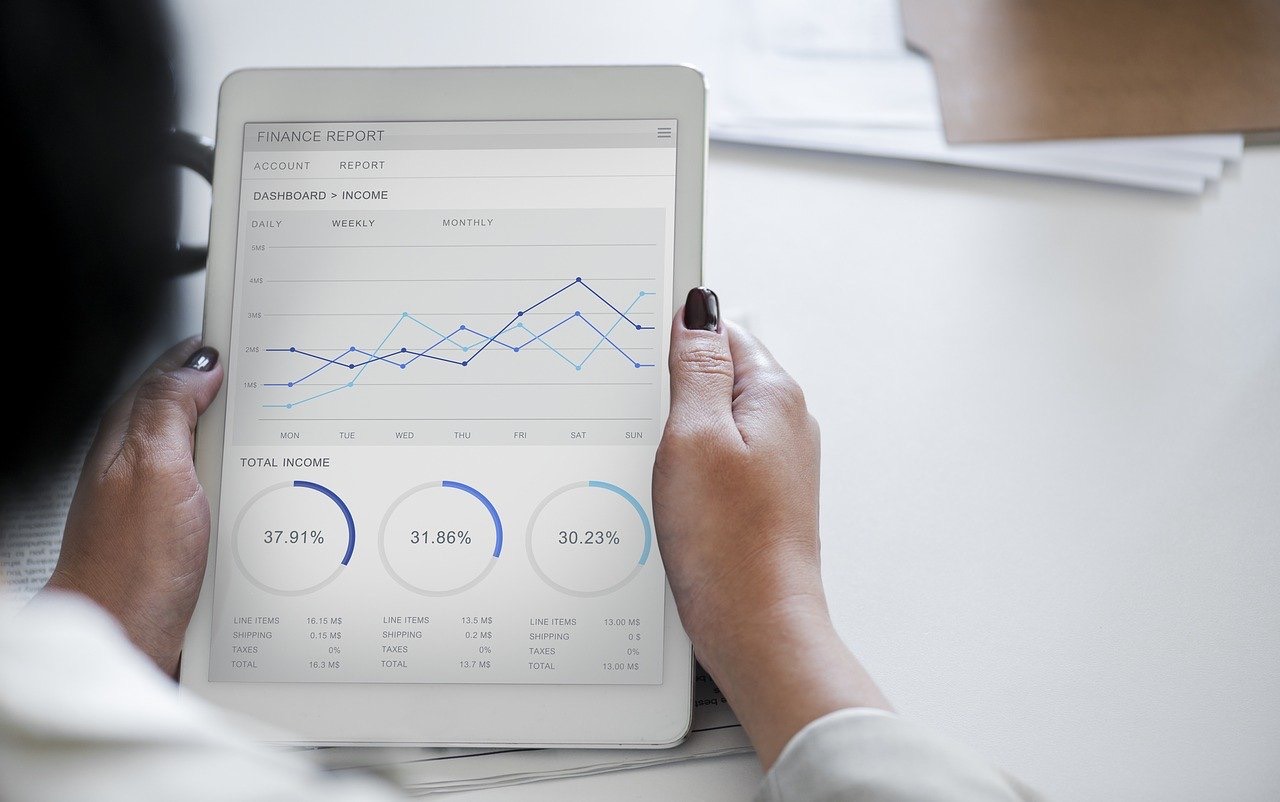Requests and responses are common in business applications as well as the real world. In the digital sphere, you click a link, wait for your browser to load, and you’re served up a new page. While extensive wait times were commonplace in past years, the Internet of Things facilitates greater interconnectivity than ever before. As a result, it’s not enough to make a request, so to speak, and endure long wait times for a response.
This is one of the underlying principles of event-driven architecture, also known as EDA. Event-driven architecture and its push-based system make it easier to track real-time updates and notifications. It’s a more sensible approach to managing data, enhancing consumer convenience, and tracking progress.
Producers, Routers, Consumers
EDA often breaks down into three main pieces. First, you have your event producers. These are also known as event sources for your enterprise’s event streams. They develop a push-based event trigger based on specified parameters. The producer may respond to events such as page clicks, web sign-ups, and form submissions. Once the system recognizes a produced event, it pushes it out to the event router.
In many ways, the event router acts as a sort of filter for your event system. For the most part, EDA systems work on the assumption that your architecture holds multiple pathways. As such, it’s important for your event producer to be able to send notifications and alerts to the right endpoint. Otherwise, data may end up in the hands of the wrong users and consumers which damages a company’s integrity. The event router determines the correct end-user, filters out unnecessary events or data flows, and sends the message, alert, or trigger, on its way to the consumer.
As for the event consumer, it’s a fairly self-explanatory concept. In most instances, the consumer is the final endpoint of the event cycle. With a push-based framework, events reach the consumer much more quickly and efficiently. Depending on the system setup, consumer interactions can trigger more events. In some cases, a number of systems don’t facilitate two-way communication through the event cycle. However, this may vary between different vendors.
Decoupled Services
Often, EDA depends upon disparate or loosely coupled services for optimal performance. This has a handful of key benefits for business users. First, when your services are decoupled, the risk of unauthorized info-sharing decreases significantly. In the ideal system, your services won’t have any working knowledge of each other. Each service can go through its designated workflows without interrupting or conflicting with another running service.
Second, the event-driven architecture makes it easier to scale services in a more intuitive way. When your services are decoupled, you can scale individual components of your system as you see fit. One scaled service runs very little risk of negatively impacting the other pieces of your architecture. You’re able to assess data integrations and determine which services need to be scaled as well as the ideal timing for productivity increases or upgrades.
Third, decoupled services can fail independently of one another. When your services are coupled, this can lead to system-wide failures. If one service goes down or experiences systematic errors, it can tank the performance of your entire architecture. With decoupled services, independent pieces can fail without halting your overall operations. It’s a more intuitive way to address your business structure as well as your preferred event models.
A Quality Investment
For many enterprise-level brands, EDA is less of a perk and more of a necessity. It can help you process large swaths of event data in real-time and remove common performance stopgaps. The event-driven architecture is a vital component of any robust business intelligence strategy.








